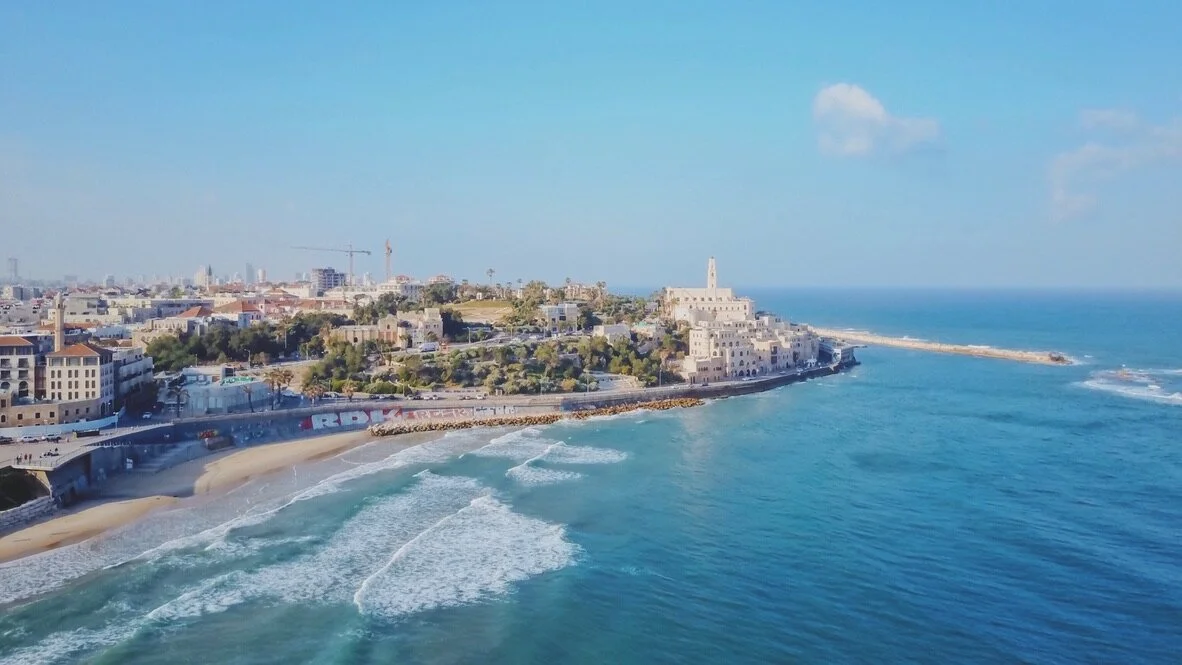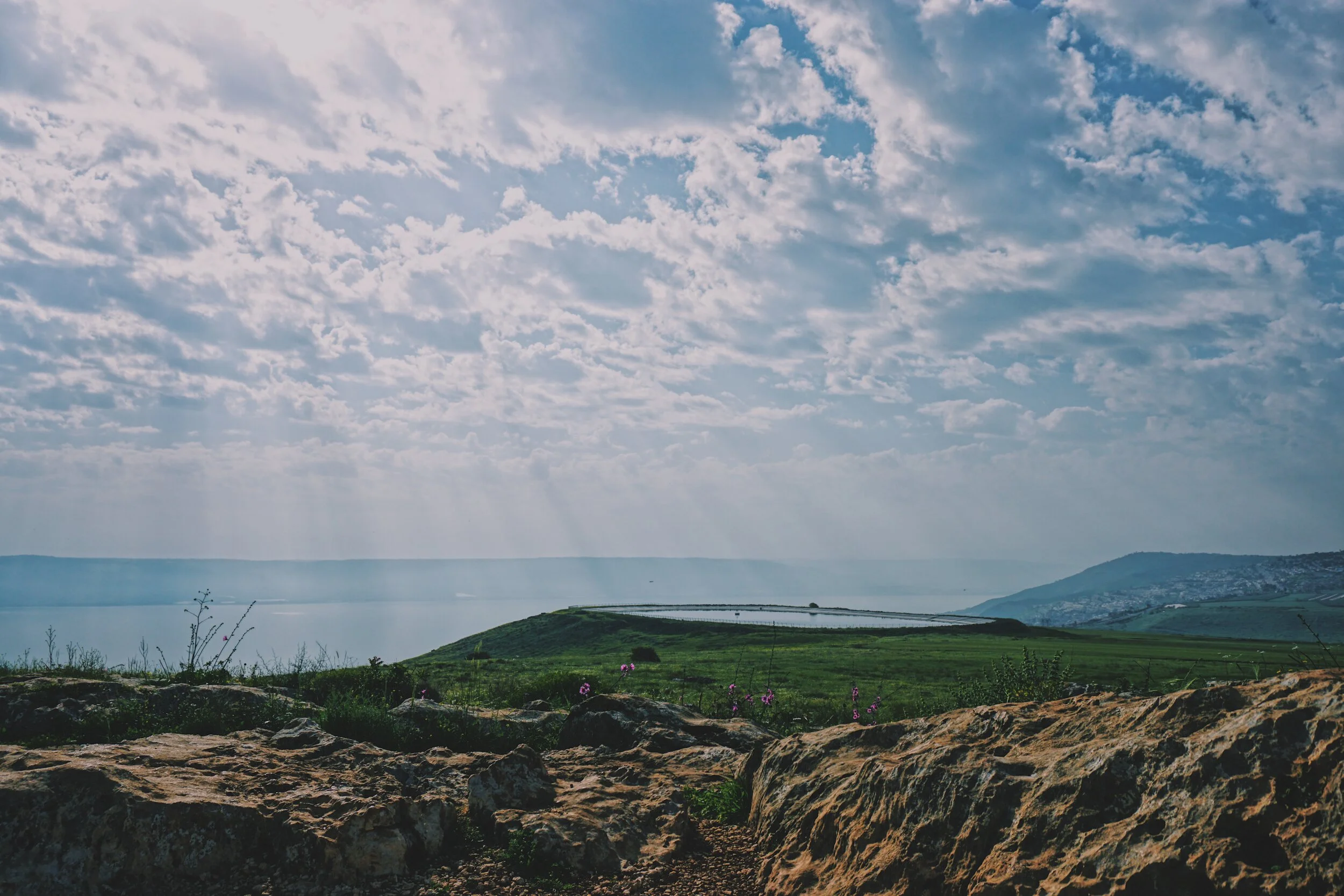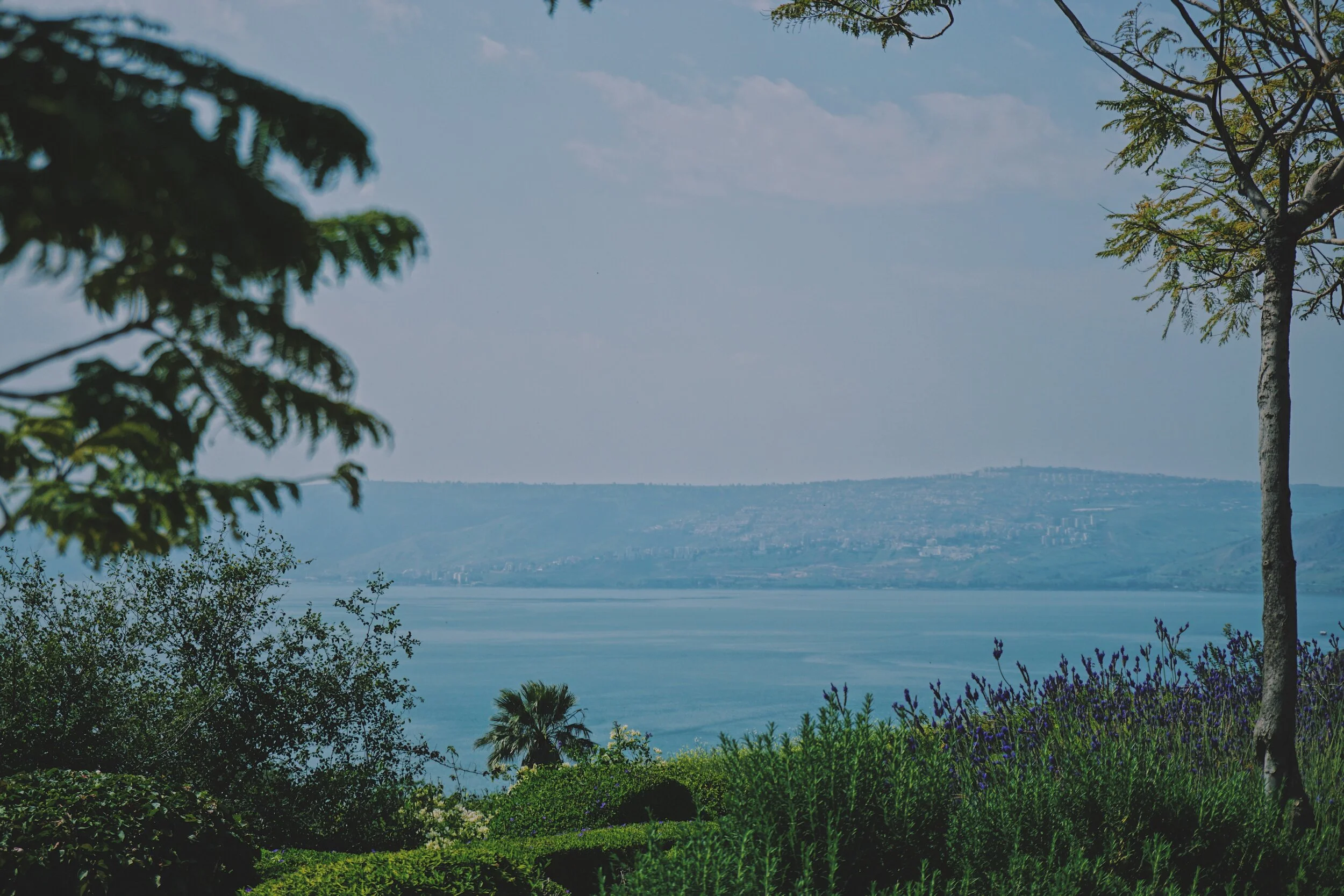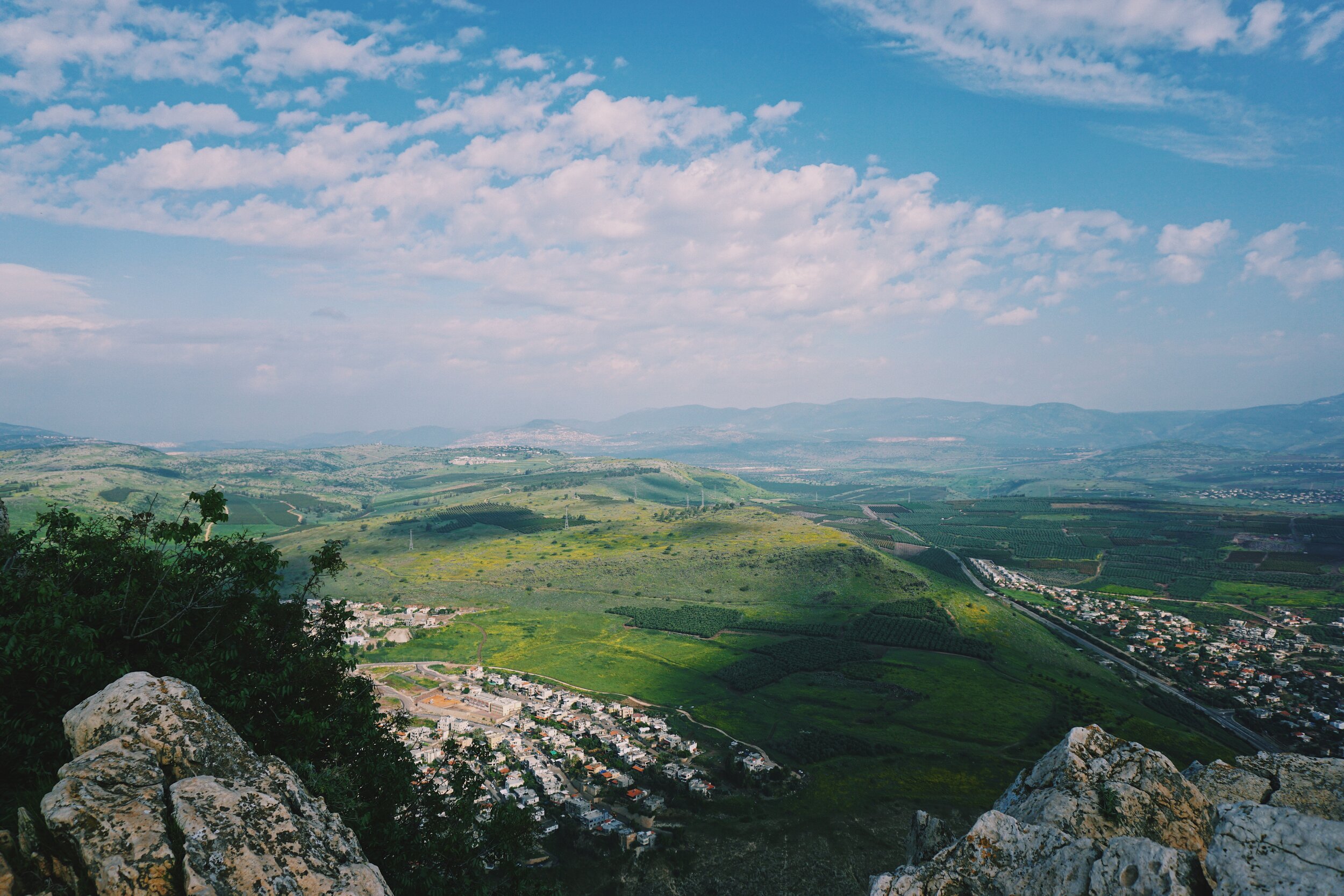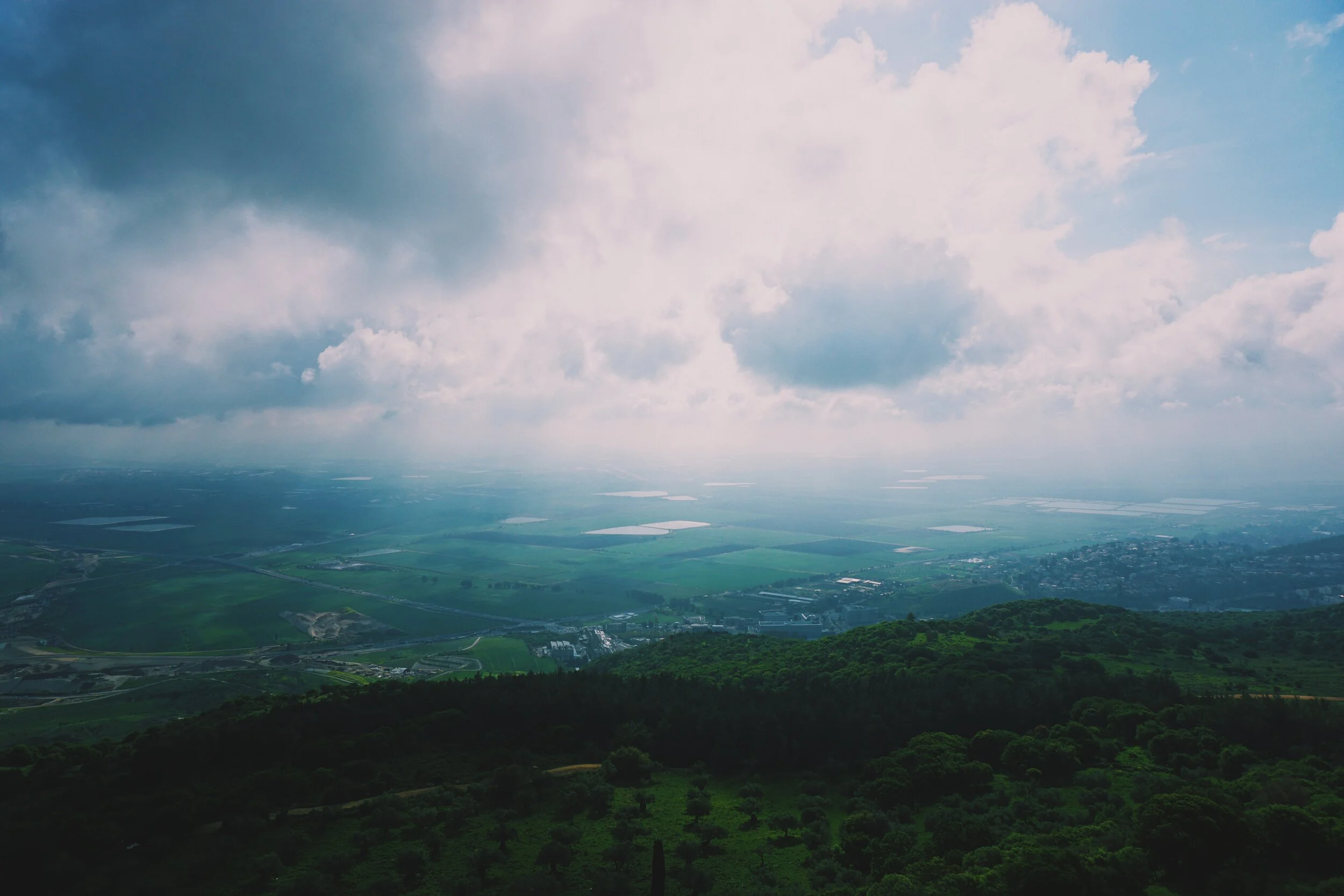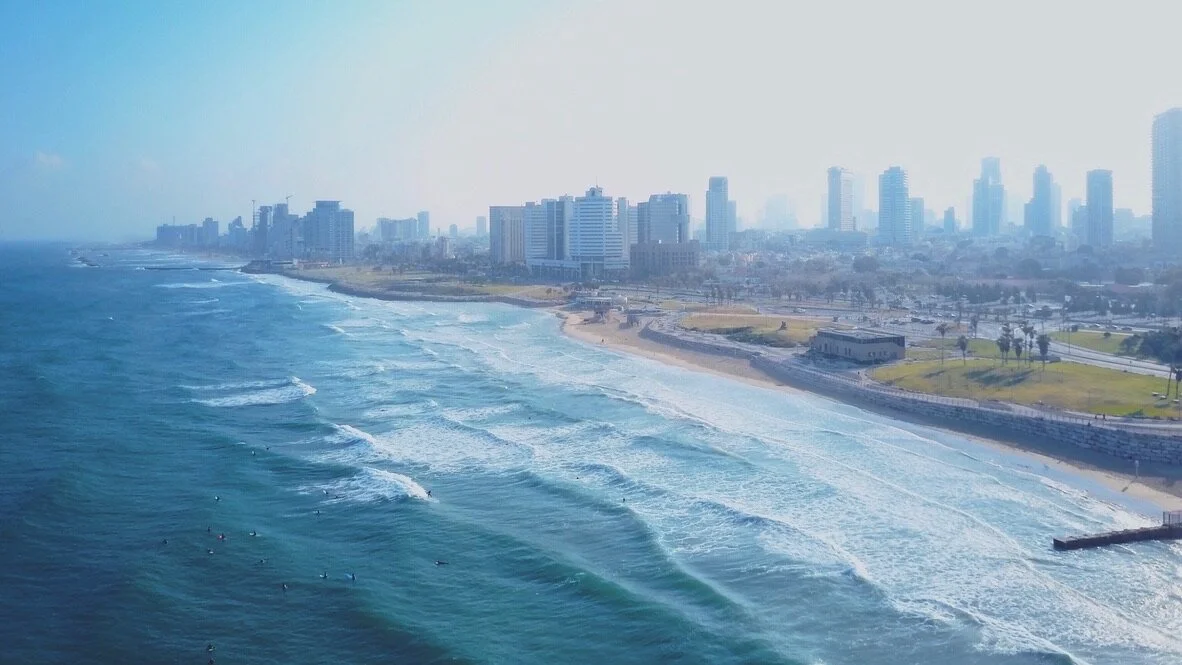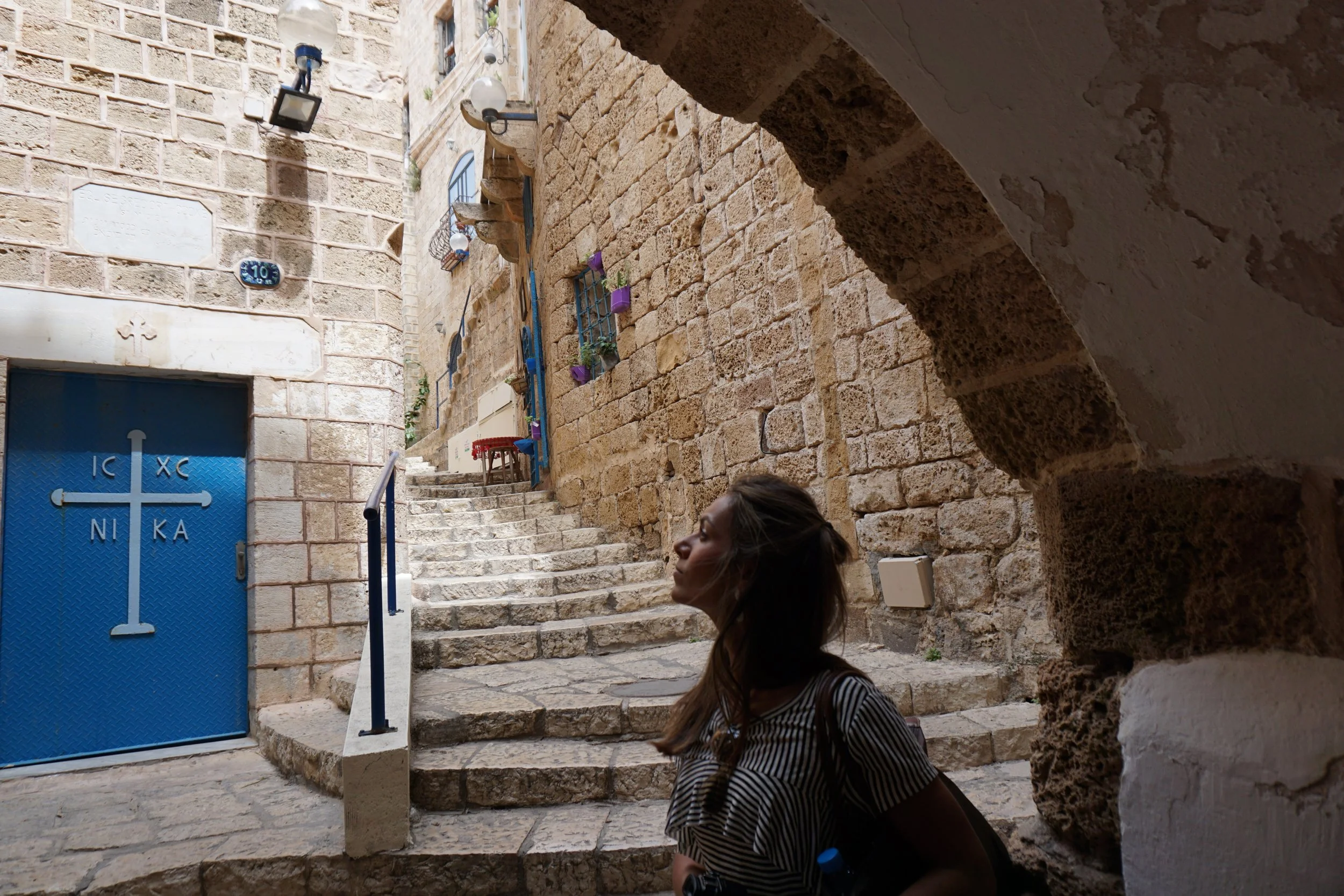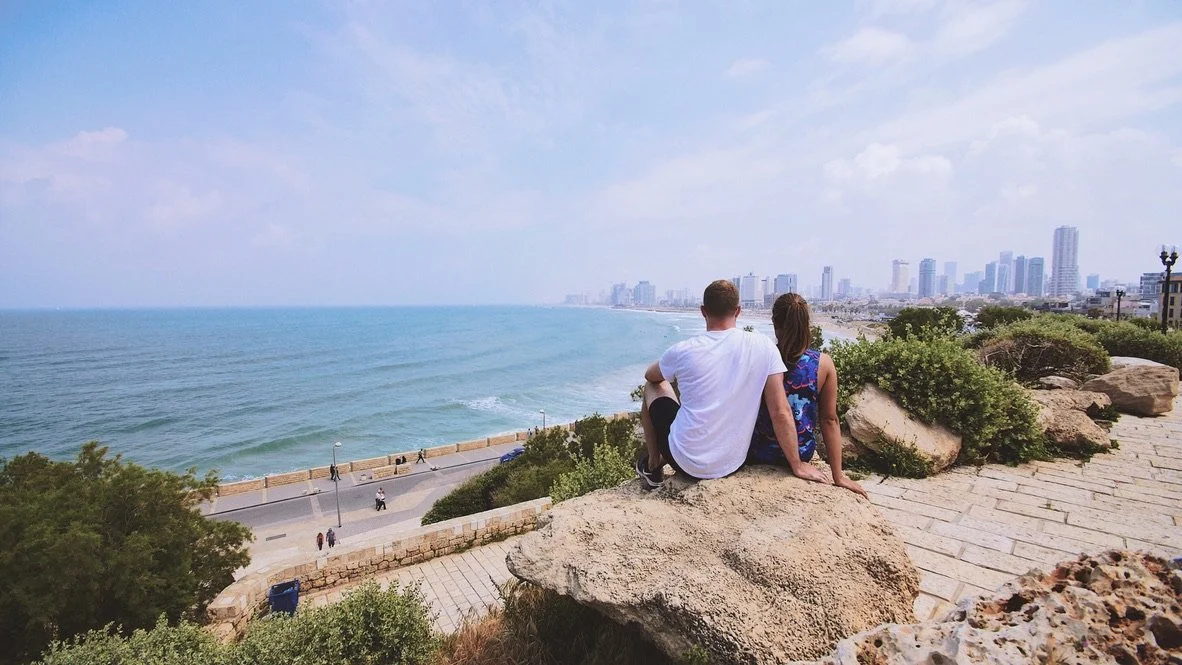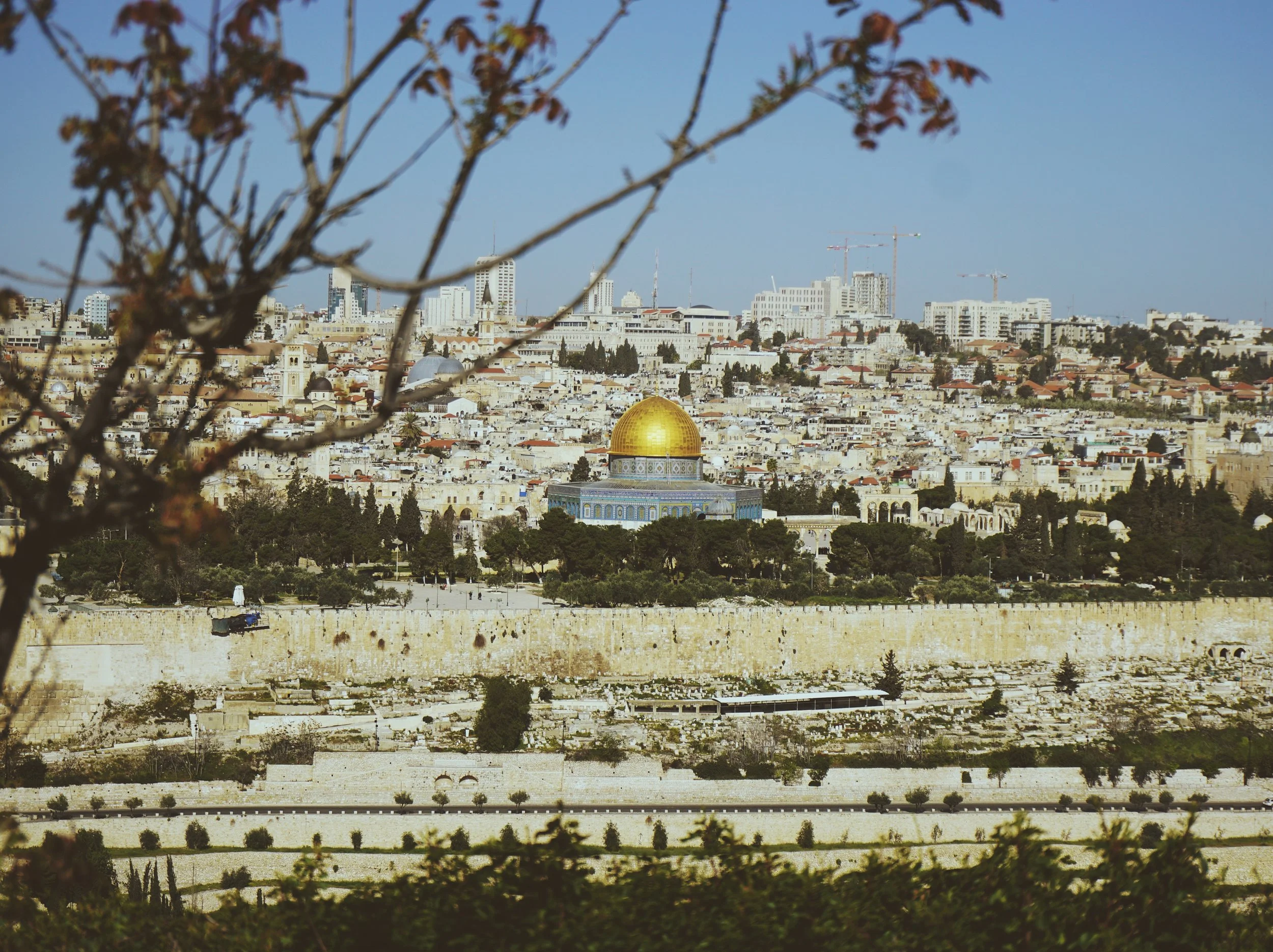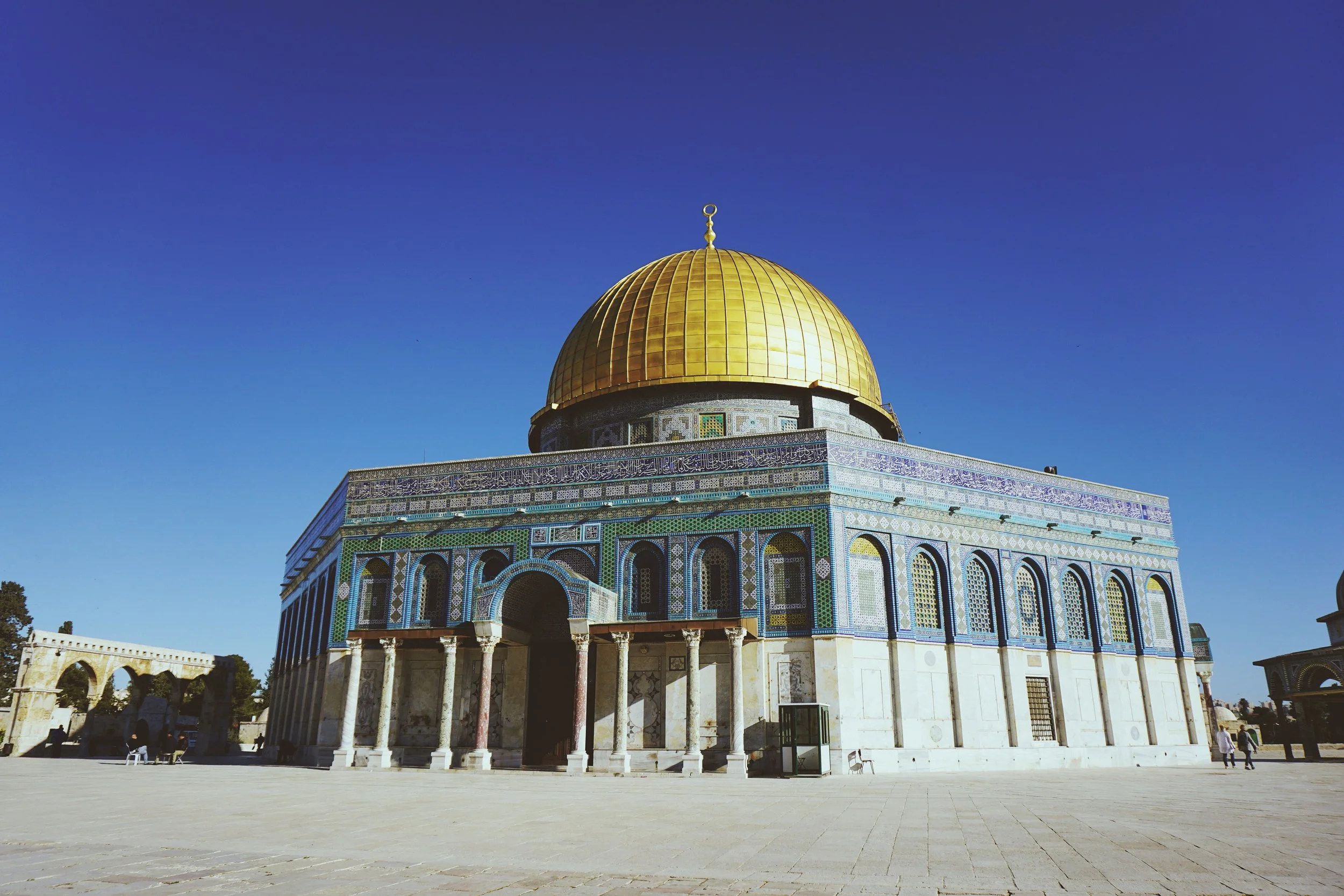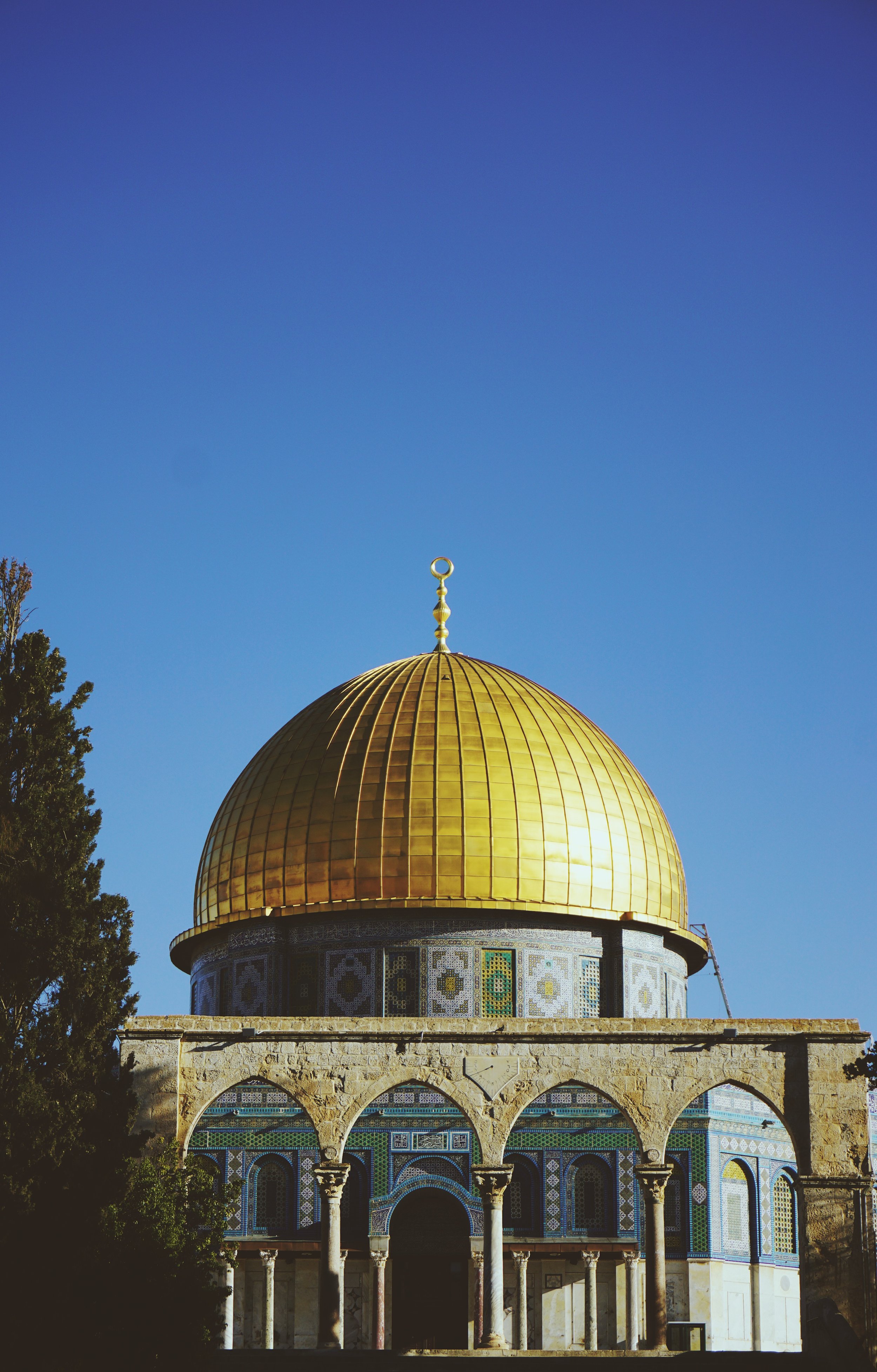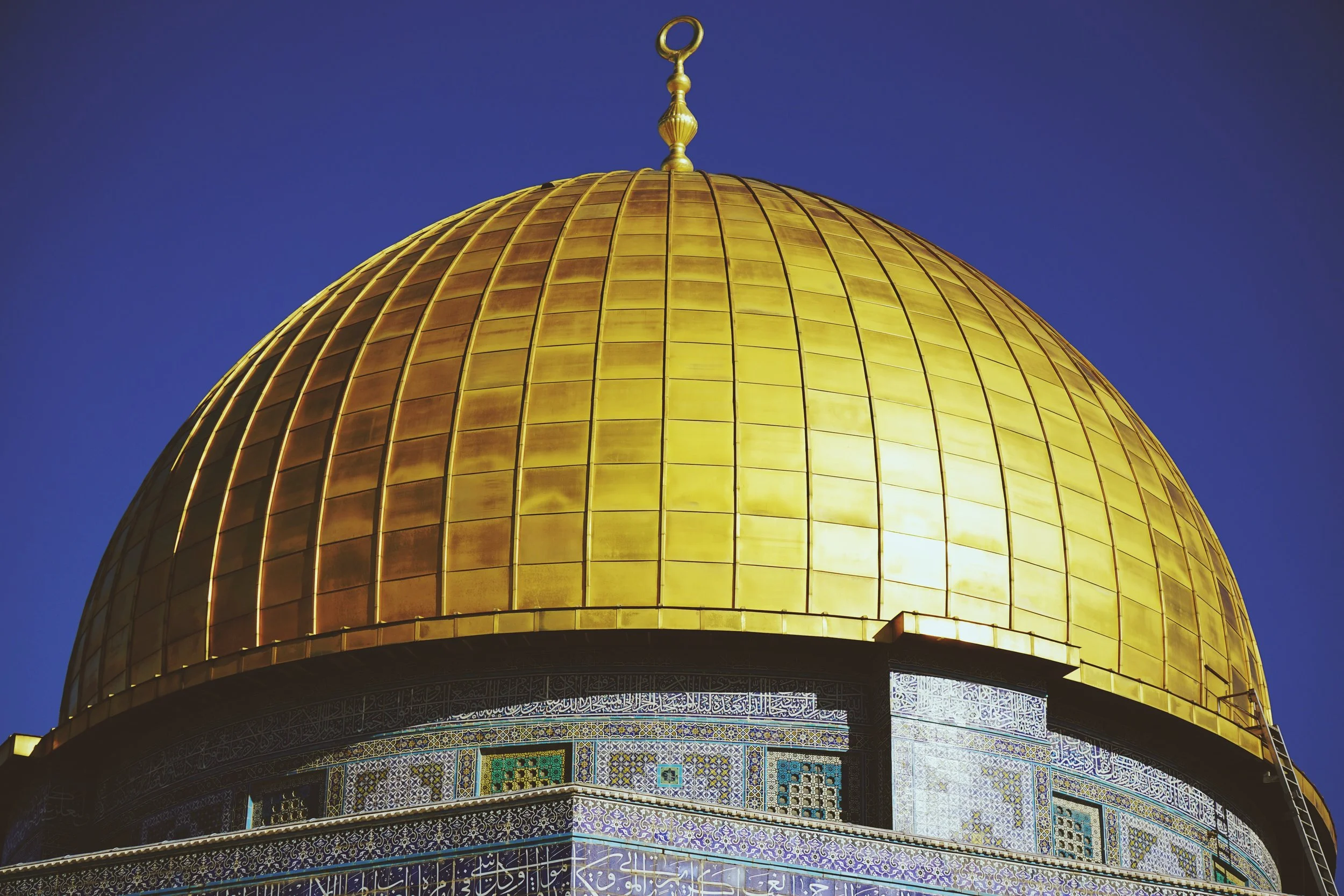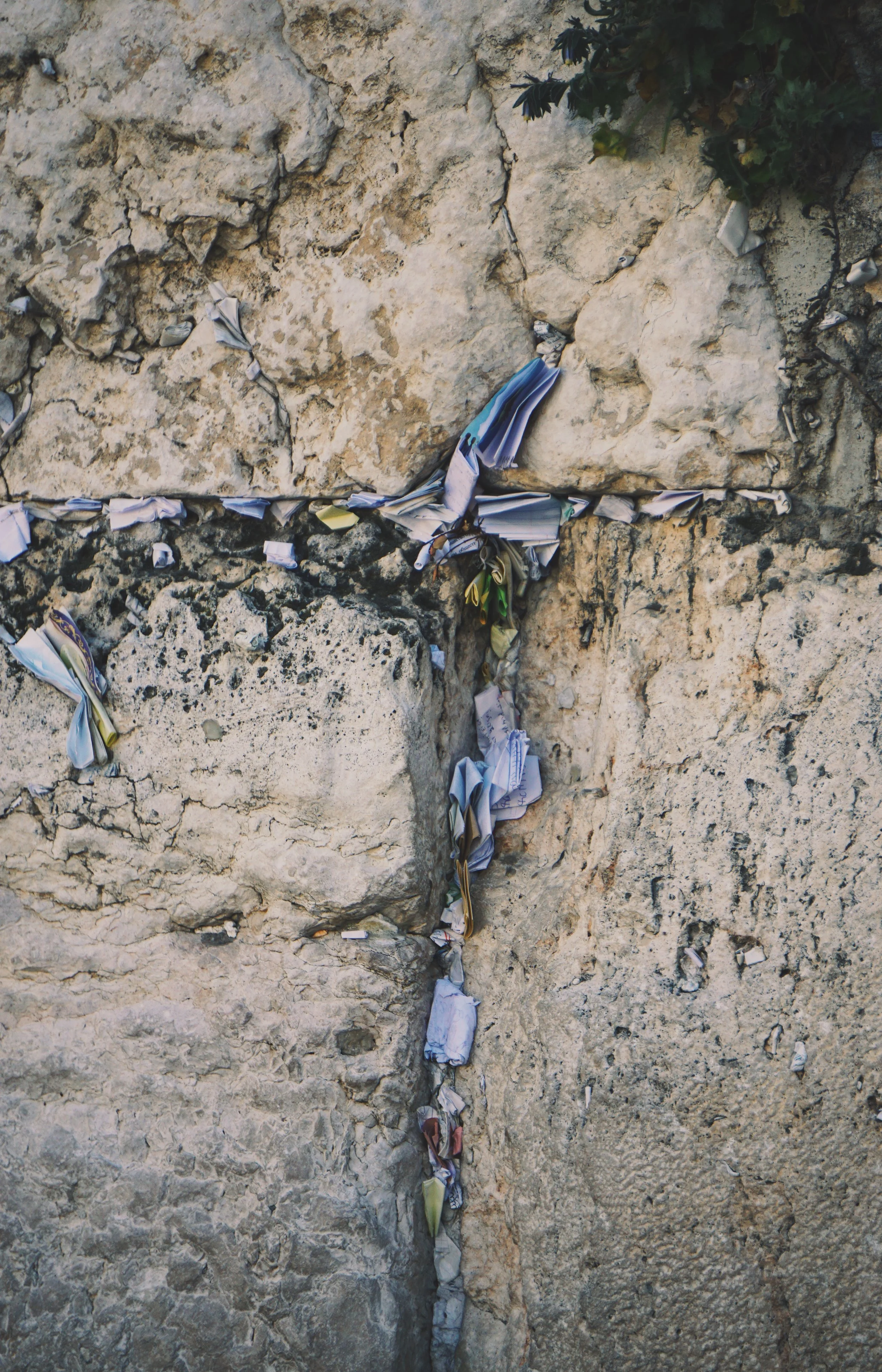Israel
a spiritual homeland for many…
Highlights: The entire state of Israel is utterly unexpected, surreal and unmissable; however Tel Aviv’s action packed beaches, bustling city, artistic neighborhoods and nightlife is hard to beat.
Lowlights: Israel is in a constant state of alert given the conflict with surrounding nations, with certain locations where the tension is palpable.
Wardrobe: The climate varies drastically from the Golan Heights to Masada, and certain locations do require more modest dress, so pack accordingly.
Wares: The markets in Tel Aviv and Jerusalem are packed with locally made items, so take your pick of homewares, jewelry and other symbolic souvenir items representing the Holy Land.
There’s something achingly familiar about Israel - a state not recognised by some, probably one of the most scrutinised and controversial democracies in recent history, and home to some of the most ancient and religious people groups.
For a nation that has seen such unrest, with its citizens having to undergo compulsory military training, it’s a strangely peaceful place, with many parts of the country flourishing. A country of contradiction.
Golan Heights
The Golan Heights spans between the border of Israel and Syria, and was an area captured by Israel from Syria during the Six Day war. The region is mountainous and given it’s elevation, can be quite cold with snow in certain areas – a stark contrast to other parts of Israel. The region has an abundance of nature, plus a ski resort and ski lift that can be visited to enjoy the views from Mount Hermon, which include views into Syria. The area has a military presence, so it’s best to keep this in mind when planning a visit.
Northern District
The Sea of Galilee is a stunning lake neighbouring the Golan Heights region where sailing and boating is popular for visitors. The serenity of the lake can change in a heart beat when storms roll in, but it’s the perfect place to relax and take in the surrounding nature. Mount Arbel towers over the Sea of Galilee, providing magnificent views of the lake. The steady climb to the top is well worth the trek, as well as looking out for its many caves that were used as hiding places historically.
Tiberias is a city that borders the Sea of Galilee and is home to the Church of Saint Peter, which sits on the shore of the lake. Also bordering the lake is the ancient fishing village of Capernaum, where it’s ruins and synagogues can be explored. Slightly north of Capernaum is the Mount of Beatitudes, home to the Church of the Beatitudes. This is where it is believed that the biblical Sermon on the Mount was delivered by Jesus. The location is serene, with gardens that overlook the Sea of Galilee.
Travelling inland to the west and there’s Cana – the town famed for Jesus’ first miracle. The Wedding Church at Cana is stunning in its intricate detail. Close by is the city of Nazareth, also of biblical fame. The city is one of the largest in the area, with a predominately Arabic population. The present day hustle and bustle contrasts with the simplicity of life of a time long ago that can be re-lived at the open air museum called Nazareth Village.
Haifa District
Further west and located on the coast is the city of Haifa – a port city. Wandering the streets of Haifa and you’ll find yourself struck by the beauty not only of the city and it’s coastline, but also of the Bahá'í Gardens in the centre of the city. Be sure to find a lookout point to watch the sun set over the city and the city lights twinkle at dusk.
A short distance away from Haifa is the Carmel National Park, home to Mount Carmel. This mountain range is worth a climb for it’s spectacular views. Further south is Caesarea – another port-based town that dates back to BC. The history of town is clearly seen in the Caesarea National Park, with the remains of the Roman Theatre, Palace, gates and hippodrome taking visitors back to an entirely different era. There’s also Aqueduct Beach on the coastline where visitors can wander through the remains of a Roman Aqueduct. Enjoy the Mediterranean Sea from one of the waterfront café’s such as Limani Bistro.
Tel Aviv District
South of Haifa is the city of Tel Aviv-Yafo, more commonly known as Tel Aviv. A cosmopolitan melting pot of people and activity is the best way to describe this city. Tel Aviv is an unmissable destination set on the beaches of the Mediterranean and has something for everyone who visits. There are sunkissed beaches full of cafes, sports and surf, local neighbourhood eateries and markets, historical towns and ancient sites like Jaffa, a strong arts scene with museums and Bauhaus architecture, and of course there is the city’s world renown night life.
The ancient city of Jaffa is a port city, with a claim to fame thanks to the biblical Jonah. Jaffa contrasts heavily with the modern Tel Aviv, and visitors are easily charmed by it’s cobblestone streets, small alleyways with little markets, old lighthouse and clocktower.
Neve Tzedek next to Jaffa is a regentrified neighbourhood home to unique architecture, cafes, markets and museums. Don’t miss a visit to HaTachana, an old railway station that now has a new lease on life with boutiques, eateries and a bit of history all found here. Neve Tzedek is also home to the Suzanne Dellal Centre for Dance and Theatre, and the Nahum Gutman Museum of Art.
Close by, the Shalom Meir Tower, Israel’s first sky scraper, can be found, as well as the Hagana Museum, the Florentin neighbourhood known for it’s art and nightlife, and Carmel Market. Tel Aviv is also known for it’s White City where buildings have been designed using the Bauhaus style. Rothschild Boulevard, one if the first and most expensive and beautiful streets in Tel Aviv, is a part of this White City and strolling slowly down this street, taking in the sights and sounds, is a perfect way to spend an afternoon.
Further afield is the Ben Gurion Museum, the Tel Aviv Port, the Yitzhak Rabin Centre, the Tel Aviv Museum of Modern Art and the Sarona Market. But no visit to Tel Aviv is complete without a sunset walk down the beach front promenade and reflecting on the day’s experiences in the fascinating city that is Tel Aviv.
Jerusalem District
Jerusalem – a deeply holy and historic city, home to a number of significant religions. This city has seen conflict and turmoil for many years, and even now, there’s a delicate tension that can be felt in some areas.
One such place is the Temple Mount in the Old City, which is home to the Western Wall, a sacred site part of the original historic temple where Jews come to pray. Prayers from far and wide are written down, rolled up and wedged into the ancient crevices of the Wall. The site is also important for Muslims, where the Dome of the Rock was built in the seventh century as it was where Mohammed ascended into heaven. It’s important to note that the site is busy so there may be long queues to get in, passports are needed for admission, dress should be modest, try not to bring too many belongings with you and listen to instructions from guards and security.
The Old City is surrounded by walls and gates, including the Eastern Wall, Damascus Gate, Lions’ Gate, Herod’s Gate, Golden Gate, Dung Gate, Jaffa Gate, Zion Gate and the New Gate. Near the Jaffa Gate is the Tower of David, a history museum. The Old City is divided into Quarters – The Armenian Quarter, The Christian Quarter, The Jewish Quarter, and The Muslim Quarter. The Christian Quarter is where the Church of the Holy Sepulchre can be found, built on the site where Jesus’ tomb is believed to have been. The Via Dolorosa is also found in the Christian Quarter, but starts in the Muslim Quarter and is believed to have been the route that Jesus walked before he was crucified. The Old City Market is located between the Jewish and Muslim Quarters and is easy to get lost in! It’s a must visit with a whole range of wares to explore and purchase.
